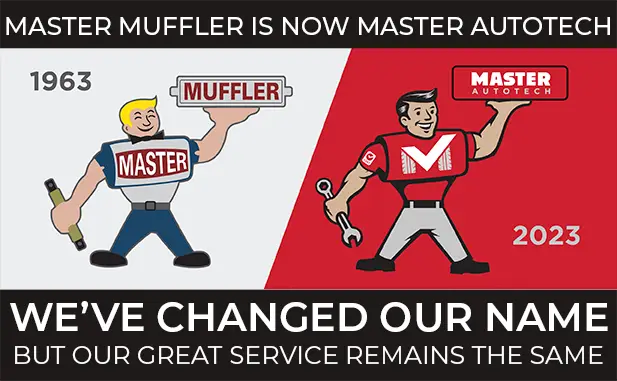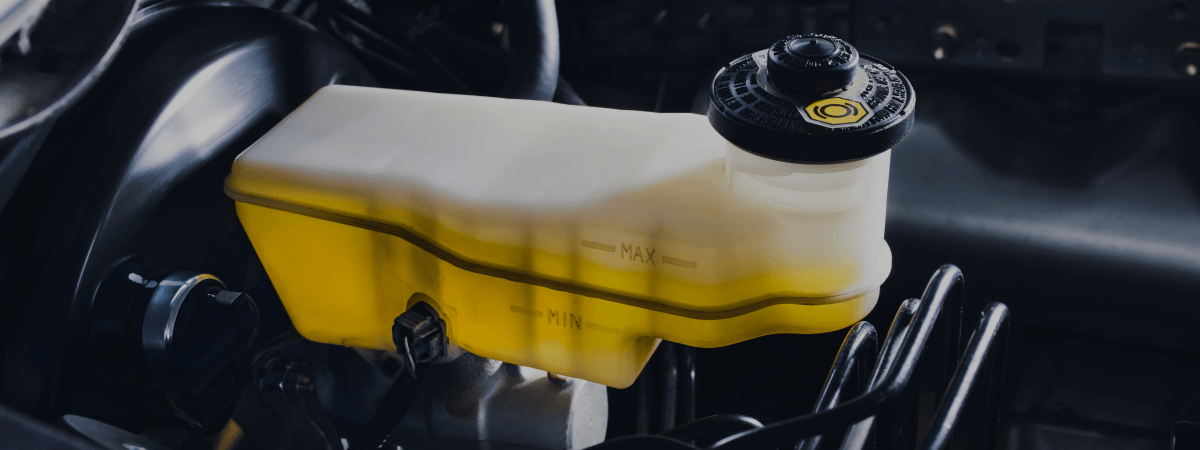When buying winter tires, you have the option of getting snow tires or studded tires. Both tires have benefits and drawbacks. We will discuss some of the differences so you can make the right decision for your circumstances.
Studded snow tires have metal studs to help them cut into the ice. They are best only on ice, and when temperatures are near freezing. These tires chew up the ice on the road, which also benefits drivers without studded tires. Another benefit of studded tires is that they stop faster than any other tire on ice in freezing temperatures.
Drawbacks to studded tires include the damage they cause to roads when the pavement is clear of ice, or if they are used into the spring and summer. In some areas they are illegal because of that, so check your local department of transportation before buying. They are also rather noisy. They also don’t have the best performance on snowy, slushy roads. They should only be used if icy roads are the norm in your area.
Winter tires, or snow tires, are made for winter road conditions, which include ice, snow, slush and cold temperatures. They perform well on all winter roads, not just those covered in ice. Their tread is designed so the snow and slush fall out of the tire as it rotates, so it doesn’t build up on the tire. Noise levels with these tires are the same as when using all-season tires.
The only major drawback to snow tires is that the regulation is a bit misleading. Many tires are labeled for ‘M+S”, meaning for mud and snow, but the amount of snow they can handle varies. The most reliable way of knowing how well they will perform in snow is to look at the snowflake icon inside a mountain to see which are the best performing tires.
No matter which type of tire you choose for your winter driving, there are a few rules you should follow. Don’t mix tread patterns, conditions and sizes of tires. All of your tires should be the same, or their benefits are lost.
Replace any tires that are worn out or damaged, when they don’t have much tread left, they won’t do much good. Check your tire’s condition and air pressure regularly for best performance. Watch for product recalls so you make sure your tires are safe. Utah auto repair shops should have listings of any recalls.
For all your winter driving needs, see the specialists at Utah auto repair facilities. Utah auto repair specialists can help you find the right winter tires for your vehicle. Make this winter a safe driving winter for your car.
Related Posts
Key Takeaways On average, passenger vehicle tires last 40,000 to 60,000 miles, depending on type, driving habits, and maintenance. Replace tires when tread depth reaches 2/32”, if damaged, or older than 10 years. Regular rotation, alignment, and proper inflation extend tire life. Aggressive driving, poor roads, and harsh weather shorten tire lifespan. Take advantage [...]
When you think about car maintenance, you probably focus on oil changes, tire rotations, and maybe even brake pad replacement. But what about your brake fluid? If you’ve ever wondered, “What does brake fluid do?” or “Why is brake fluid important?”, you’re not alone. Brake fluid might not be the most talked-about part of [...]
Is that high-pitched squeal from your brakes driving you—and everyone else—crazy? Don’t ignore it. Squeaky brakes aren’t just annoying, they’re your car’s way of saying something needs attention. Whether you're cruising through Salt Lake City or winding up Idaho’s mountain passes, here’s what’s likely going on, how you can fix it, and when it [...]





